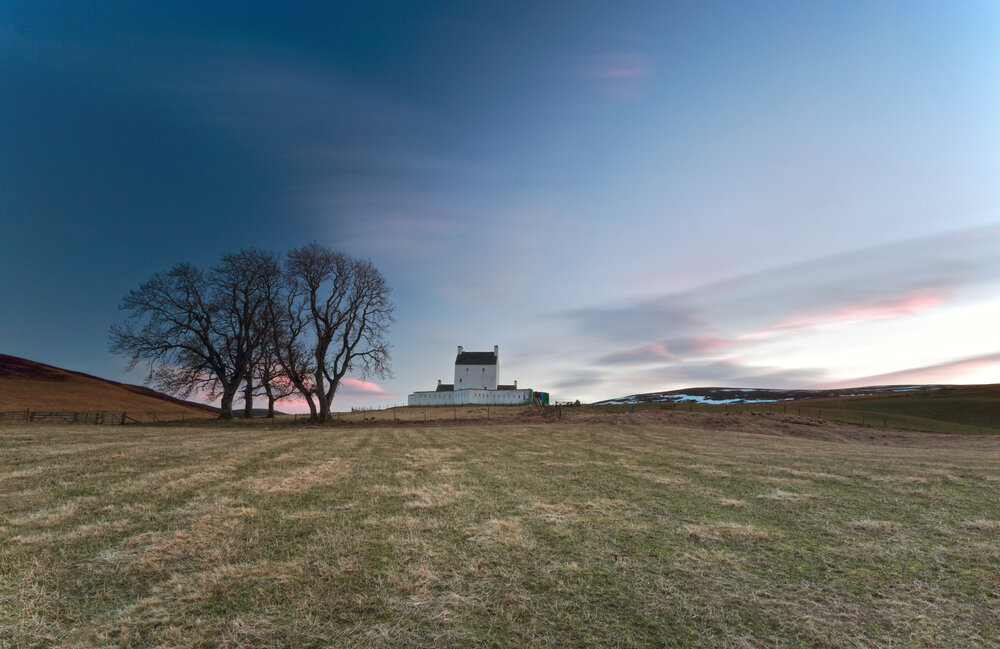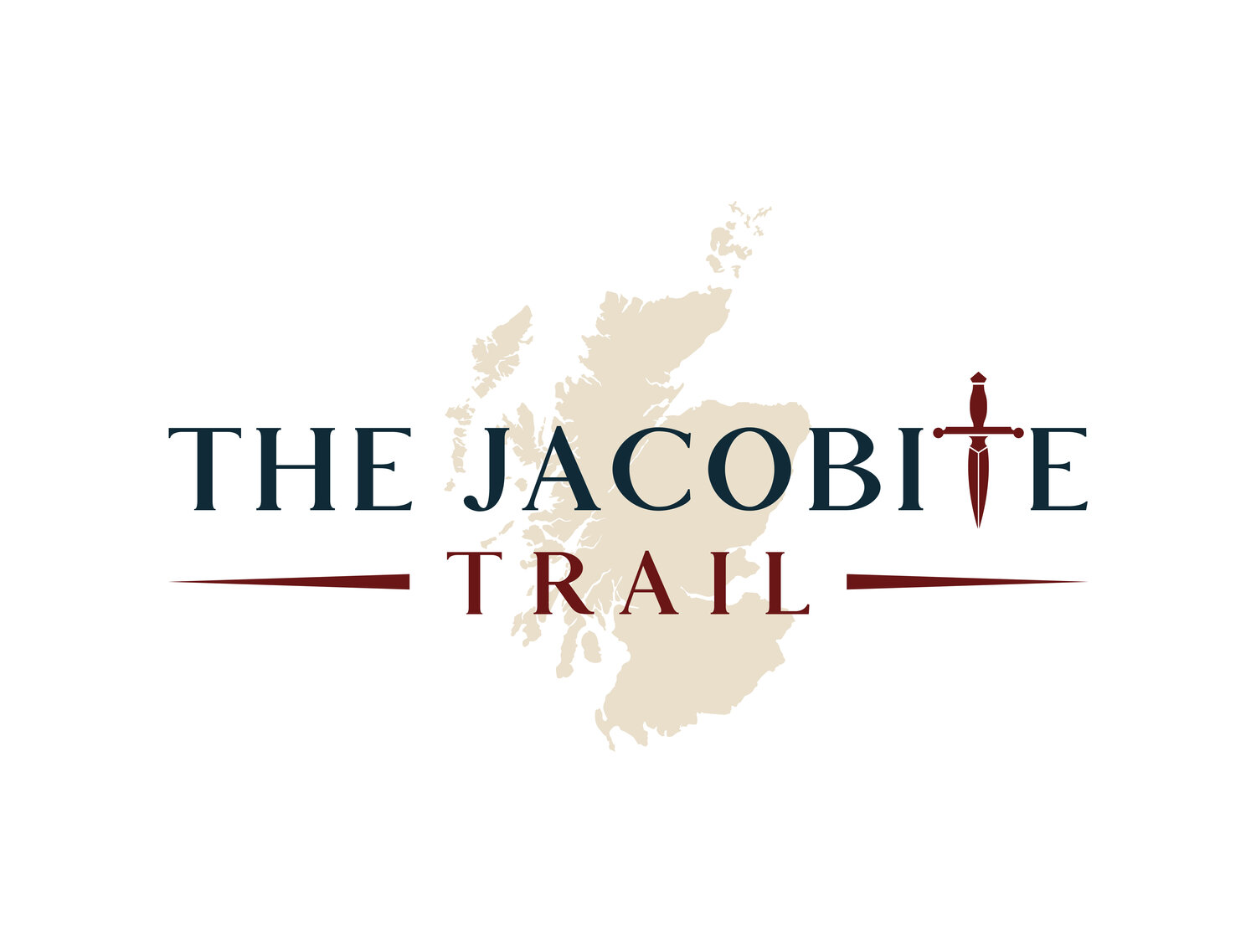
Corgarff Castle
• Aberdeenshire•
Corgarff Castle was built in 1530, and is situated slightly west of the village of Corgarff, in Aberdeenshire, north-east Scotland. It was built by the Elphinstone family and leased to the Forbes of Towie.
Corgarff Castle and the Jacobites
In 1626 Corgarff Castle was acquired by the Earl of Mar. In 1645 it was used as an assembly point by the troops of the Marquis of Montrose. It was burnt again in 1689 by the Jacobites. James VII’s supporters wanted to be sure that government forces couldn’t use the castle.
The isolation of the castle made it an ideal place for plotting, and in 1715 the 6th Earl of Mar came to Corgarff to recruit and arm his Jacobite troops before launching the Jacobite Rising of 1715 at Braemar.
Corgarff also played a role in the final Jacobite Rising of 1745-6 as well. In February 1746 a group of Jacobite troops from Prince Charles’ army had occupied the castle and were using it as an arms depot for a consignment of gunpowder and muskets, recently arrived from the Continent.
The Government army, which was then based in Aberdeen, got wind of this and around 400 soldiers trekked through deep snow to surprise the castle. News of their advance had already reached the Jacobites, and the government troops arrived at Corgarff to find it abandoned and burning.
The departing Jacobites had attempted to destroy the gunpowder in the river and hid the weapons – but the redcoats found these. They returned to Aberdeen with over 100 muskets and destroyed hundreds more they could not carry.
In 1748 Corgarff was bought by the British government and rebuilt and extended to be used as a military barracks. This carried on for over 90 years until the troops abandoned the site in 1831. A detachment of government troops were stationed there, on the military road from Braemar Castle to Fort George, Inverness. Redcoats in the old tower patrolled Strathdon, hunting down Jacobite sympathisers.
When the Redcoats arrived, in the aftermath of the battle of Culloden, the tower house was gutted inside to transform it into a barracks. The refurbishment created accommodation for the commanding officer, three non-commissioned officers and up to 42 men.
This was the same time the external courtyard buildings and surrounding walls were demolished and replaced with 2 single story pavilions and the aforementioned star shaped wall, which was equipped with musket loops.
Brief History of Corgarff Castle
Although from a distance Corgarff may look rather ordinary, if inspected more closely or viewed from above, you can see the unusual star shaped perimeter walls, which were built when the castle was used as Army barracks.
In the castle’s heyday during the 1500s and 1600’s it was used as the residence of the Lords Forbes. During this time Corgarff Castle was burnt down on 3 separate occasions. The first time was in 1571, when it was burned by an enemy of the Forbes, Adam Gordon of Auchindoun. This tragedy resulted in the deaths of Margaret Campbell, Lady Forbes, her children, and numerous others, 26 in total.
The traditional Scottish ballad Edom o Gordon depicts the alleged events of this fire.
As the song goes, Gordon and his men need shelter from the cold weather, but the lady of the castle refuses, as the troops are those of her husband's enemy. In retaliation, Gordon vows to burn down the building with her three children still inside. To achieve this, he offers one of the servants, Jock, a fee for his help. He agrees and the fire is started.
When the lord of the manor arrives, he rushes over to the castle to save his wife and children but he is too late – they are all dead. So he sets his own troops to battle those of his enemy and, from the ensuing battle, only five of Gordon's original fifty men return home.
Pricing & Opening Times
The castle is now in the care of Historic Environment Scotland and is open to the public as a tourist attraction. It has been designated a scheduled ancient monument, giving it protection against unauthorised change in recognition of its historical significance.
Getting There
Location
Corgarff Castle
Near Strathdon
AB36 8YP
What3Words reference
enhancement.framework.commutes

